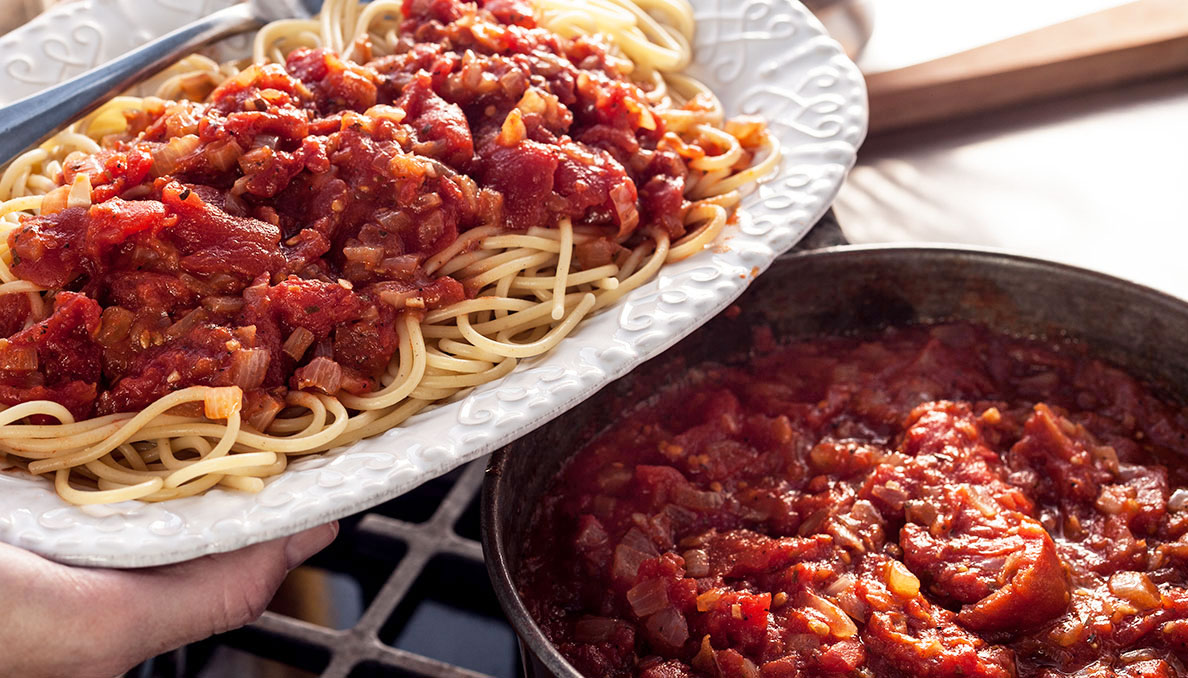Ah, the age-old battle: red sauce vs. white sauce. While both have their place, when dining out, the crown often falls to the vibrant red. Here’s why choosing the red sauce over the white sauce at restaurants might be the tastier (and sometimes healthier) option:
Flavor Fiesta
Freshness Focus
Red sauces, typically tomato-based, often highlight seasonal ingredients. Fresh summer tomatoes burst with sweetness in a light marinara, while robust winter tomatoes lend richness to hearty ragù. White sauces, on the other hand, can sometimes feel heavy and one-dimensional.
Complexity Craving
Red sauces boast a symphony of flavors. Tomatoes offer a sweet and tangy base, while herbs like basil and oregano add a fragrant punch. Roasted garlic provides a savory depth, and a hint of chili flakes brings a welcome heat. White sauces, while creamy, often lack this depth, relying heavily on cheese and butter for richness.
Dietary Decisions
Calorie Consciousness
Red sauces tend to be lighter than their white counterparts. A simple marinara can have as little as 100 calories per serving, while a creamy alfredo sauce can pack upwards of 500. This makes red sauce a great choice for those watching their weight or seeking a lighter meal.
Nutritional Powerhouse
Red sauces are surprisingly good for you! Tomatoes are loaded with vitamins A and C, lycopene (an antioxidant linked to heart health), and essential minerals. White sauces, while offering some calcium from cheese, often lack the same nutritional punch.
Restaurant Reality
Restaurant Roulette
White sauces are notoriously tricky in restaurants. Achieving the perfect creamy texture without heaviness is difficult in large-scale preparation. Red sauces, on the other hand, are often simmered slowly, allowing flavors to develop, resulting in a more consistent and delicious dish.
Variety is the Spice of Life
Red sauces offer a wider range of options. From a simple marinara to a chunky puttanesca with olives and capers, or a spicy arrabbiata, the possibilities are endless. White sauces, while comforting, can feel repetitive, especially on extensive menus.
The Final Verdict
Choosing red sauce isn’t about vilifying white sauce. Both have their place. However, when dining out, red sauce often offers a fresher, more vibrant, and potentially healthier option. With its focus on seasonal ingredients, layered flavors, and lighter profile, red sauce allows the true talents of chefs and the quality of restaurant ingredients to shine through. So, the next time you’re faced with the red vs. white dilemma, consider giving the classic red a try. You might be surprised at the symphony of flavors that awaits!


Recent Comments